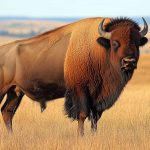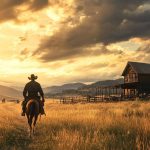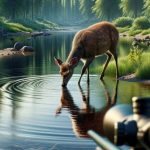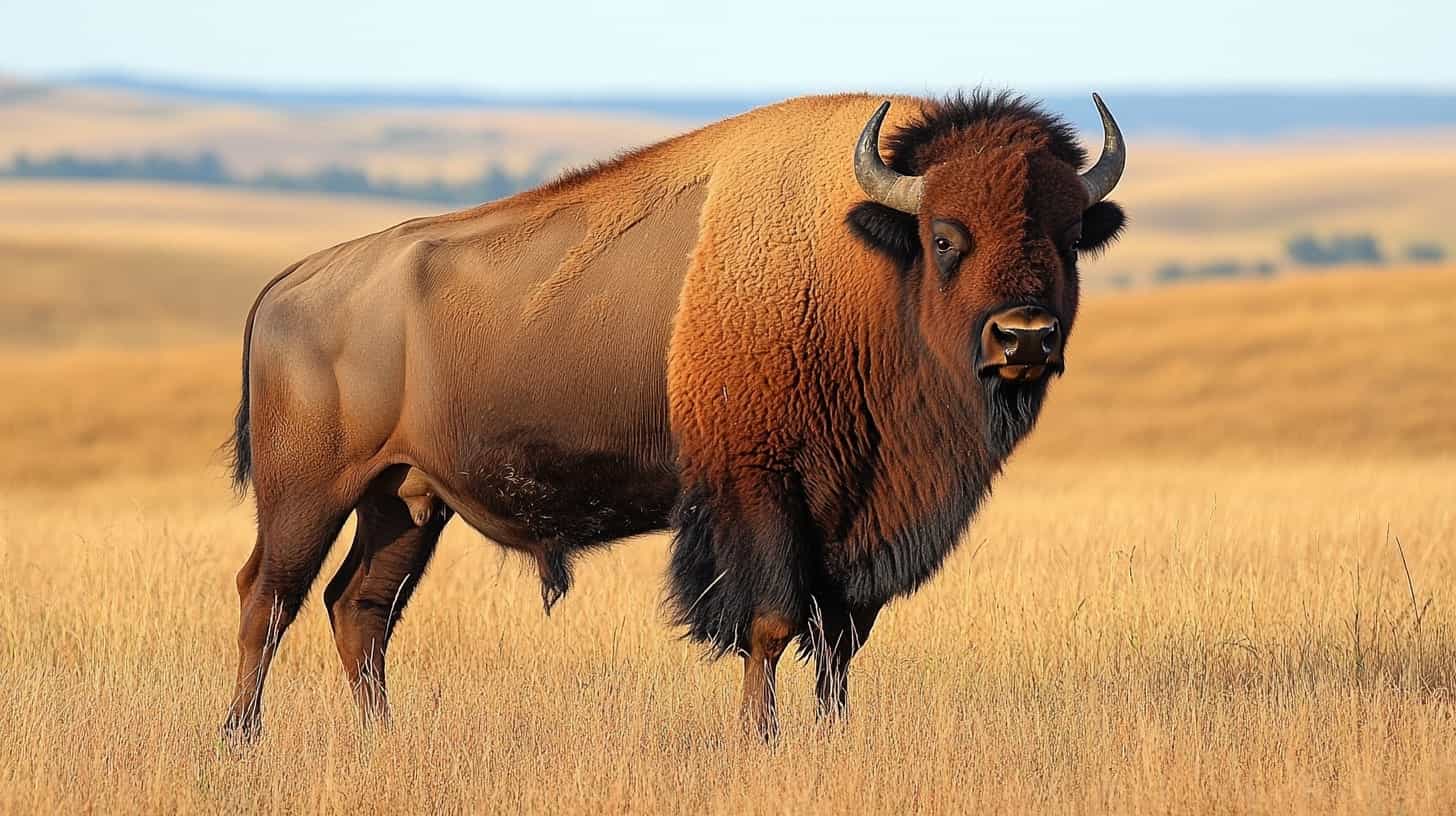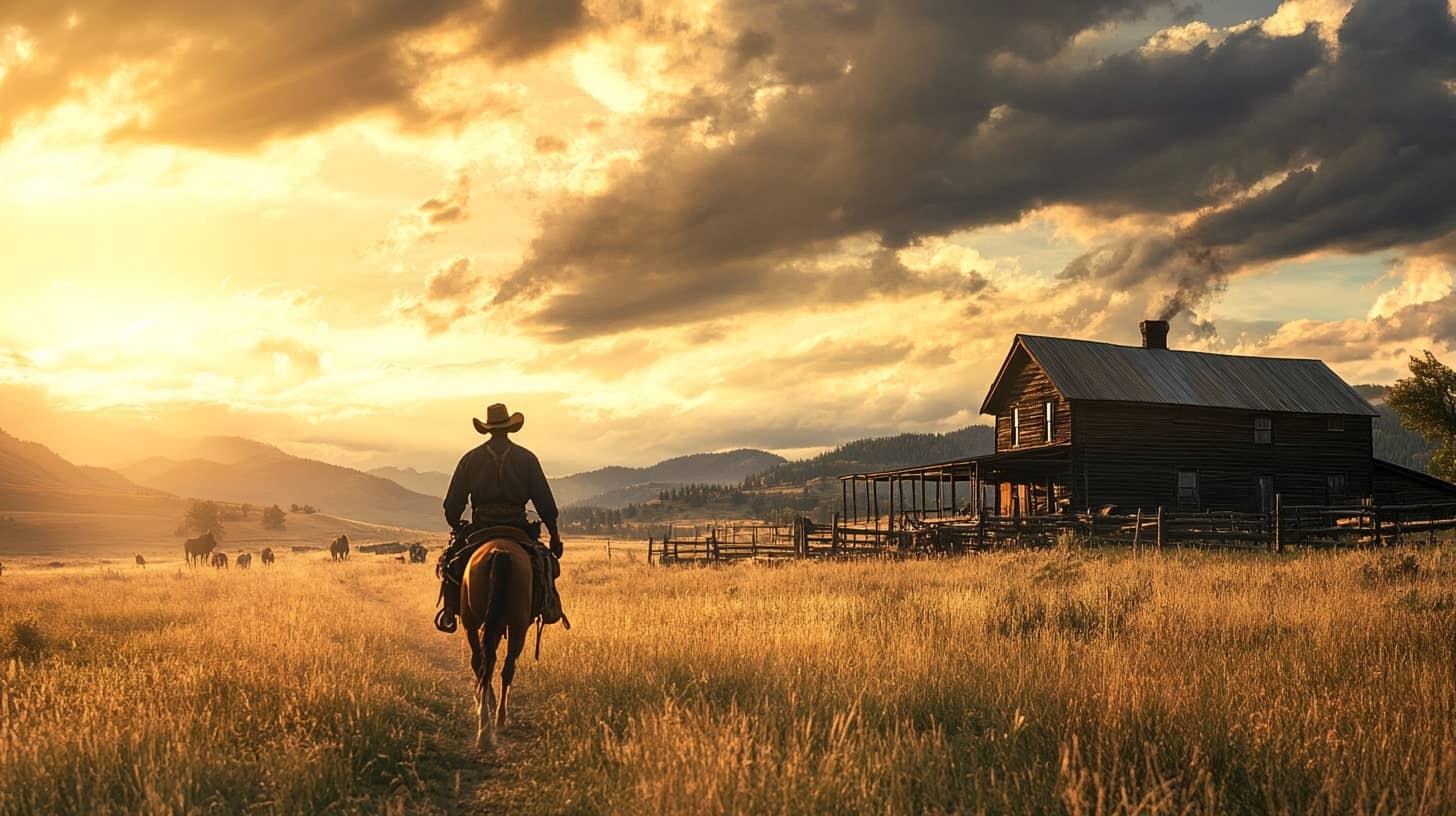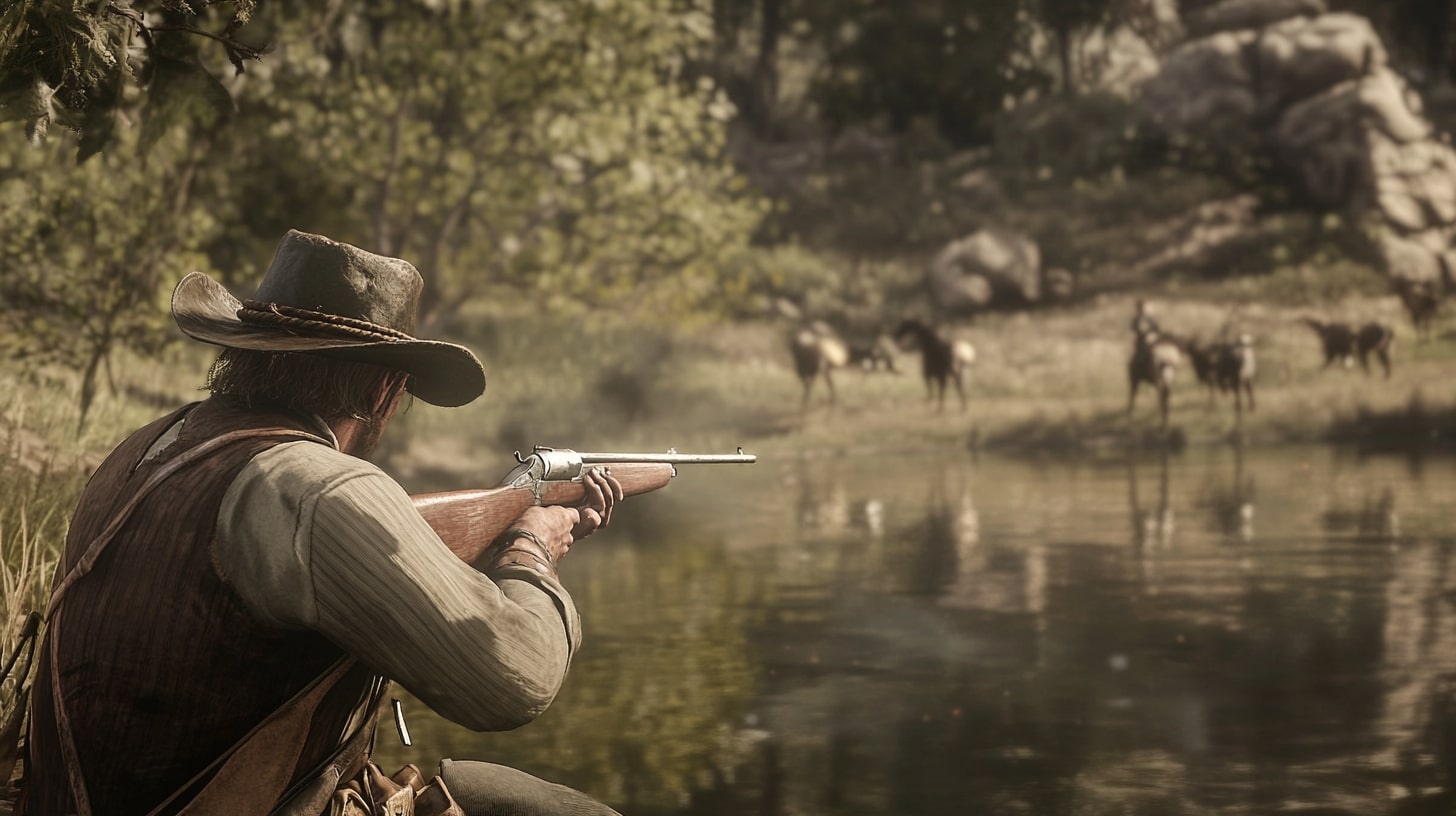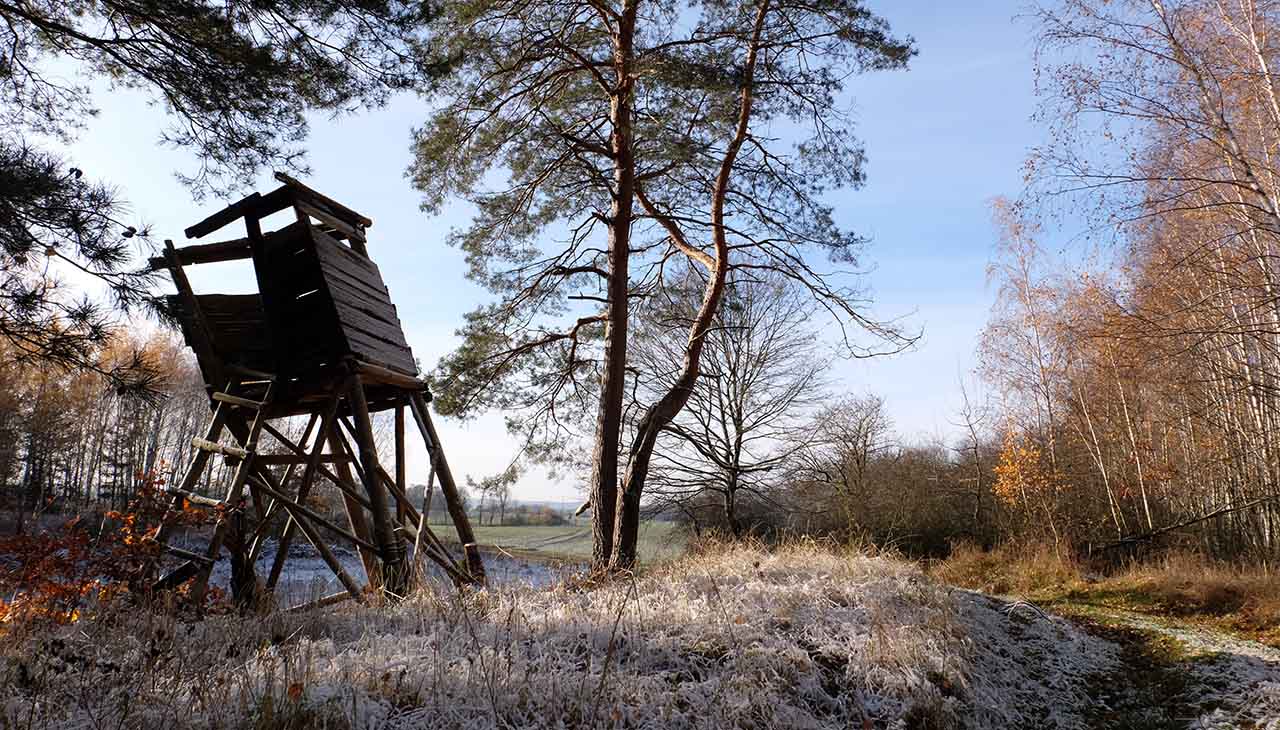Mastering the art of tracking in the wild is a crucial skill for successful hunts, bringing you closer to nature through a game of stealth and strategy. This age-old practice requires patience, concentration, and a deep understanding of animal behavior and habitat. In this guide, we will delve into the secrets of proficient tracking, offering expert tips and strategies to help you elevate your hunting skills to a new level. So, whether you’re a seasoned hunter or a novice enthusiast, grab your gear, and let’s venture into the unexplored territories of the tracking world.
Understanding the Basics of Tracking
The first step in your tracking journey is understanding the basics. Indeed, tracking is far more than simply following a set of footprints. It’s an intensive study of animal behavior, environment, and subtle signs that can lead you to your game. Begin with learning how to read animal tracks. This includes identifying the size, shape, and pattern of the prints, which can provide crucial information about the species, size, and speed of the animal. Additionally, interpreting other signs like scat, feathers, fur, or disturbed foliage can provide clues to the animal’s recent activities and direction of movement. But remember, patience is key. Tracking is a skill that takes time to master, requiring both hands-on experience and theoretical knowledge. So, take your time, observe, and immerse yourself in the learning process.
Reading the Landscape
Reading the landscape is an integral part of tracking. This involves understanding how terrain and weather conditions influence animal behavior and movement. Pay attention to the features of the environment, such as water sources, feeding areas, and shelter spots. These locations are likely to attract wildlife. Analyze the use of paths and trails by animals, as they frequently use certain routes for convenience and safety. Scrutinize the terrain for signs of animal tracks and signs near these key areas. Weather conditions also play a significant role in tracking. For instance, after rainfall, soft ground can hold tracks well, making them easier to spot and read. On the contrary, strong winds or storms can erase tracks and make tracking a challenging task. Familiarize yourself with these aspects of the landscape to predict animal movement and increase your chances of a successful hunt.
Observing Animal Behavior
Observing animal behavior is a cornerstone of successful tracking. It involves understanding the habits and patterns of wildlife in their natural habitat. Engaging in this practice is like getting an inside peek into the lives of the animals you are pursuing, allowing you to predict where they might be at any given time. Study the behaviors of different animals based on the time of day, season, food sources, mating habits, and more. For instance, some animals are nocturnal and become active after sunset, while others are diurnal, meaning they are most active during daylight hours. Understand that extreme weather conditions may alter these patterns. By learning these behavioral patterns, you can determine the most opportune times and locations to hunt. Keep in mind, though, that this requires a considerable amount of patience and quiet observation. Over time, you’ll find yourself more attuned to wildlife and better equipped to anticipate their movement, significantly enhancing your tracking proficiency.
Tracking Techniques
There are several effective tracking techniques you can employ to improve your hunting results.
- Track Traps: These are areas where animal tracks are easily visible due to the nature of the terrain. Examples include soft mud around a water source, snow-covered ground, or sandy paths. Use these areas to your advantage to identify and follow tracks.
- Spotlighting: This method involves using a flashlight or spotlight during low-light conditions to cast shadows in the tracks, making them more noticeable. This technique is especially useful during twilight or pre-dawn hours when many animals are active.
- Bracketing: Bracketing is a technique used when you lose sight of tracks. If you’ve lost the trail, move in a circle around the last known track until you pick up the trail again. This method can help you reorient yourself and get back on track.
- Sign Tracking: This involves looking for signs of animal activity, rather than just tracks. This could be chewed plants, scat, rubbed bark, or fur caught on branches. Such signs can give you valuable information about the animal’s recent activity and direction of travel.
- Spoor Tracking: Spoor refers to any sign left by an animal. This technique involves tracking an animal by following its spoor, which includes not only tracks but also signs like droppings, feeding signs, or hair.
Remember, every animal is unique, and therefore tracking methods can vary. Regardless of the technique used, patience, practice, and a keen eye for detail are the most important traits a tracker can possess.
Advanced Tracking Strategies
As your tracking skills mature, you can begin to explore more advanced strategies that can provide a deeper understanding of animal behavior and movement. Here are a few to consider:
- Pattern Tracking: This method involves recognizing and interpreting repeated patterns in animal movement. This could be recurring trails that an animal uses, regular feeding times, or consistent hiding spots. These patterns can provide reliable predictions about an animal’s location at specific times.
- Disturbance Tracking: This technique focuses on identifying disturbances in the natural environment that may indicate animal activity. This could include broken twigs, flattened grass, or dug-up earth. Such disturbances can help you track an animal even if no clear footprints are visible.
- Tracking by Ear: While visual signs are vital, listening to the sounds of the wilderness can offer valuable clues. The alarm calls of certain birds, for example, can alert you to the presence of predators. The sound of rustling foliage could indicate the movement of your prey.
- Predator-Prey Relationships: Understanding the relationships between predators and their prey can provide insights into their behaviors and movements. Different species interact in unique ways, and these interactions can be tracked and interpreted to your advantage.
- Scent Tracking: Advanced trackers can use scent to track animals. This could be the natural scent of the animal or the scent of urine or droppings. However, this method requires exceptional skill and is usually employed by trained hunting dogs.
Remember, advanced tracking involves a combination of many skills, including patience, observation, knowledge of animal behavior, and a deep understanding of the natural environment. As you gain more experience, these skills will continue to develop and enhance your abilities as a tracker.
Ethics and Conservation
As a tracker and hunter, you must adhere to the highest standards of ethics and conservation. Always remember that wildlife and the environment are not just resources, but integral parts of a delicate ecosystem whose balance should be respected and preserved.
Ethics in hunting involves abiding by local and federal hunting laws, respecting private property, and ensuring that you never take more than what is needed. Always strive for a clean, quick kill to minimize suffering and never leave behind wounded animals.
Conservation is equally crucial; the choices you make today will impact the future of the sport and the health of our environment. Support conservation efforts by contributing to local wildlife protection programs and practicing sustainable hunting methods. These might include hunting only in designated seasons, helping to manage invasive species, and supporting the conservation of endangered species.
Remember, as part of the hunting community, you have a responsibility to ensure the sustainable use of our natural resources. Your actions not only reflect on you as an individual but also the hunting community as a whole. By observing ethical hunting and conservation principles, you can contribute to the preservation of our natural heritage for future generations to enjoy.

